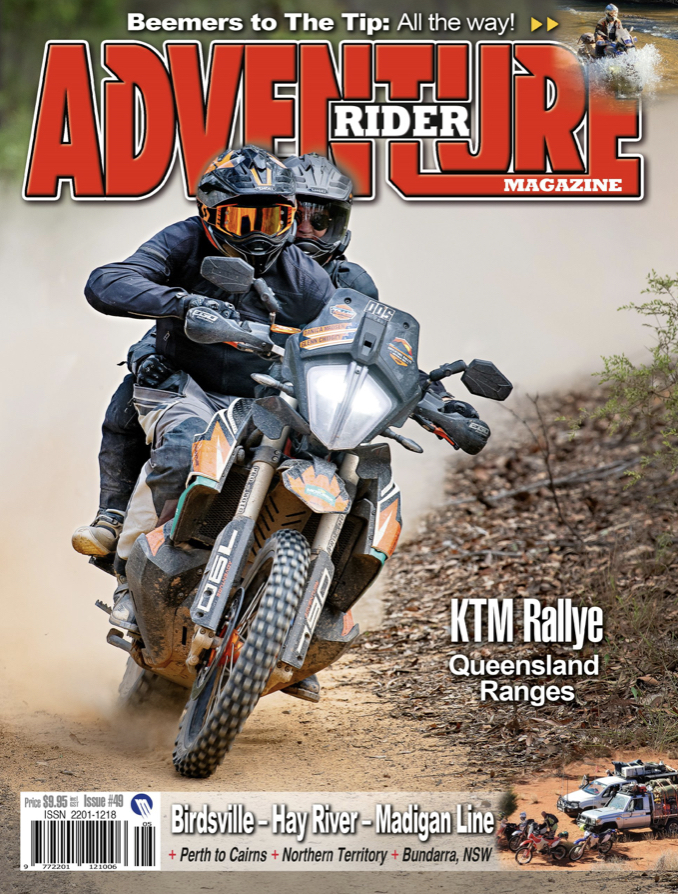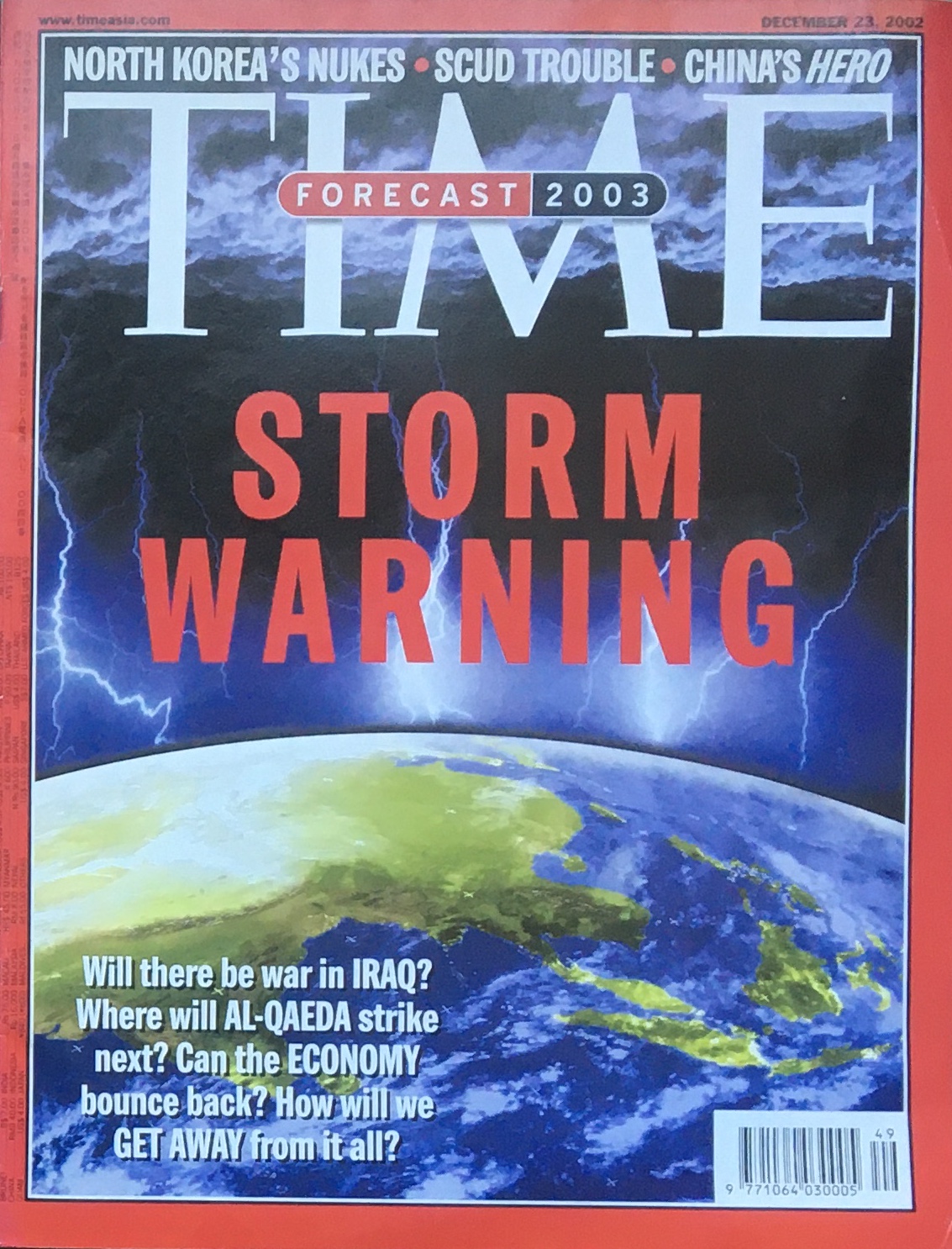Heart of Darkness
Landmines, Unexploded Bombs. And Gruelling Jungle Terrain.
by James Yannucci
Landmines, Unexploded Bombs. And Gruelling Jungle Terrain.
But when I heard his plan, it literally made the hair on the back of my neck stand up. The guide had just returned from Laos, where (using old Vietnam War era satellite maps and GPS units) he’d located a major portion of the original Ho Chi Minh Trail, used by the North Vietnamese during the Vietnam War to get supplies and ammunition past the Americans and into Southern Vietnam. Now he wanted to go back and explore the entire length of the route.
His proposition was as follows: meet in Vientiane, ride tricked out Honda XR 250s across the country, from west to east and start at the very beginning of the trail where it enters Laos from North Vietnam. Then, heading south and crisscrossing the country several times, we would try to follow the trail through the jungle to its end at the Southern Vietnamese border near Cambodia. The whole trip would take about two weeks.
Sounds like fun, until you consider a few things: for one, most of the trail has been completely consumed by the jungle. In addition, the trail was “secretly” bombed by US Forces 24 hours a day, seven days a week, for nine years. The result is a country completely saturated with bombs, many of which are still live and unexploded. In 2006 alone the Lao Government estimates 6,000 people were killed by unexploded ordinances.
The Road to the Border
We set out of Vientiane, a small city on the banks of the Mekong River, around the start of Lao on April 10, Chinese New Year. In Lao, as in other South East Asian countries, people consider it their New Year because it’s the beginning of the monsoon season, so water plays a big factor in the weeklong celebration. Revellers like to hide by the side of the road with buckets of water, hoses and water pistols, then jump out and drench passersby. It sounded like good fun, especially with temperatures reaching up to 40 degrees, until we came across a list of statistics for the previous year, where 439 people were killed in scooter and motorcycle accidents thanks to overly enthusiastic water splashing.
The first day’s ride was uneventful. Mostly dry and dusty red clay road, straight as an arrow, and hotter than hell. We rode until about 4pm, ending up in a little set of tea houses in a typical Lao river village where the women who ran village slaughtered a pig and roast it on a spit in our honour.
It took us another day and half to reach the Vietnam border. We stopped in many of the villages we passed through and tried to communicate with the locals. We would sit and watch the women weaving fabric on a loom in the shade under their homes, or pounding grain with huge mortar and pestles. To help overcome the shyness of the locals, whenever I entered a village I would walk around and shake every man’s hand, even if there were fifty of them, and say “saibaidi” the traditional Lao greeting. Then someone, either in Vietnamese or very simple English, would always ask where I was from. At first, I would just smile and answer, “USA”, and they would blink and look uncomfortable. After a couple of these encounters, however, I started saying I was from Italy — which isn’t really a lie…the name on my birth certificate is Carmine Yannucci, after all.
The guide did the majority of the navigating, but given the 30-year-old maps he was working with, it was a tough and a constant struggle to stay on the trail. In many places the original large gravel they used to build the trail was still there. But in others it was pure jungle. We would locate the trail, stay on it for a while and then get cut off by a fence, a farm, or the jungle, and have to head back 5km and work our way back around to find it again.
Bombs and Craters Everywhere
The riding was tough, with steep rocky ascents and descents, water crossings and slippery mud. The bikes we rode performed perfectly. The only drawback was they were very tall and heavy and when they started to go over there was no stopping them, often trapping the rider underneath.
The guide was fluent in Vietnamese so whenever we met a Lao who spoke Vietnamese, we’d hear first-hand accounts of the war. As soon as we started getting close to the North Vietnamese border we began actually seeing the bombs. Bombs and bomb craters everywhere. The French occupied Laos for over 100 years before the war, and had built many bridges over the rivers, which became first targets of American bombs.
Unfortunately, the Lao have never rebuilt many of those bridges, which presented another challenge…how to get across. Sometimes an enterprising Lao would have a dugout canoe and a set price and things would run relatively smoothly. We would load one bike onto a canoe, either straddle the seat with one foot on each side or lay the bike on its side and hold on for our lives while they paddled us across, one at a time. On other occasions, we’d have to go into a nearby village and find a dugout owner and negotiate the cost. Either way, this happened quite often and was the only way to move forward, though sometimes taking up to three to four hours of travel time.
Bombs are a huge industry in Laos… as scrap metal. The Lao go off into the jungle for days at a time with metal detectors trying to find either exploded or unexploded bombs, then drag them out to the recycler. When they find Unexploded Ordinance (“UXO”), they normally bury it, light a fire over it and wait for it to blow then go back and haul out the scrap. Another practice is to remove the explosive tip with a saw — either way, it’s extremely dangerous.
Friends and the Journey Home
The riding was tough, with steep rocky ascents and descents, water crossings and slippery mud. The bikes we rode performed perfectly. The only drawback was they were very tall and heavy and when they started to go over there was no stopping them, often trapping the rider underneath.
The guide was fluent in Vietnamese so whenever we met a Lao who spoke Vietnamese, we’d hear first-hand accounts of the war. As soon as we started getting close to the North Vietnamese border we began actually seeing the bombs. Bombs and bomb craters everywhere. The French occupied Laos for over 100 years before the war, and had built many bridges over the rivers, which became first targets of American bombs.
Unfortunately, the Lao have never rebuilt many of those bridges, which presented another challenge…how to get across. Sometimes an enterprising Lao would have a dugout canoe and a set price and things would run relatively smoothly. We would load one bike onto a canoe, either straddle the seat with one foot on each side or lay the bike on its side and hold on for our lives while they paddled us across, one at a time. On other occasions, we’d have to go into a nearby village and find a dugout owner and negotiate the cost. Either way, this happened quite often and was the only way to move forward, though sometimes taking up to three to four hours of travel time.
Bombs are a huge industry in Laos… as scrap metal. The Lao go off into the jungle for days at a time with metal detectors trying to find either exploded or unexploded bombs, then drag them out to the recycler. When they find Unexploded Ordinance (“UXO”), they normally bury it, light a fire over it and wait for it to blow then go back and haul out the scrap. Another practice is to remove the explosive tip with a saw — either way, it’s extremely dangerous.
More Articles
ADV Rider Magazine
by Sean Goldhawk
Rider Magazine
by Perri Capell
TIME Magazine Asia
by Kay Johnson



